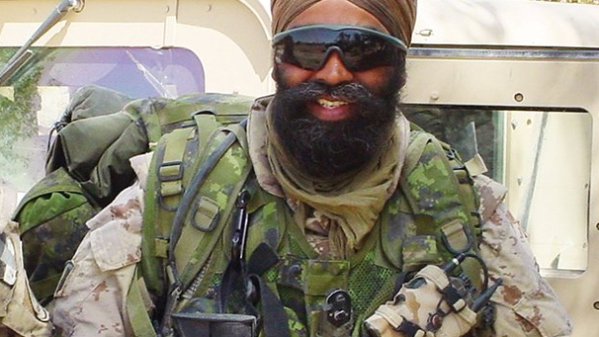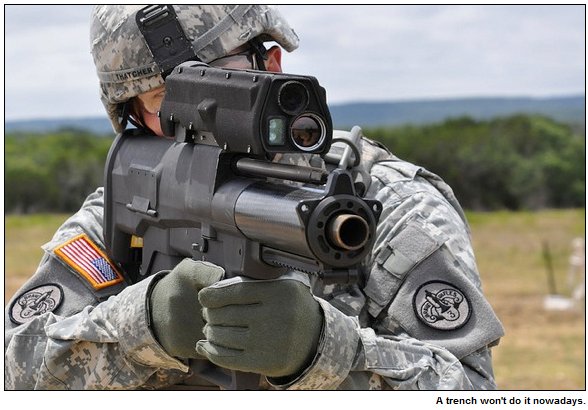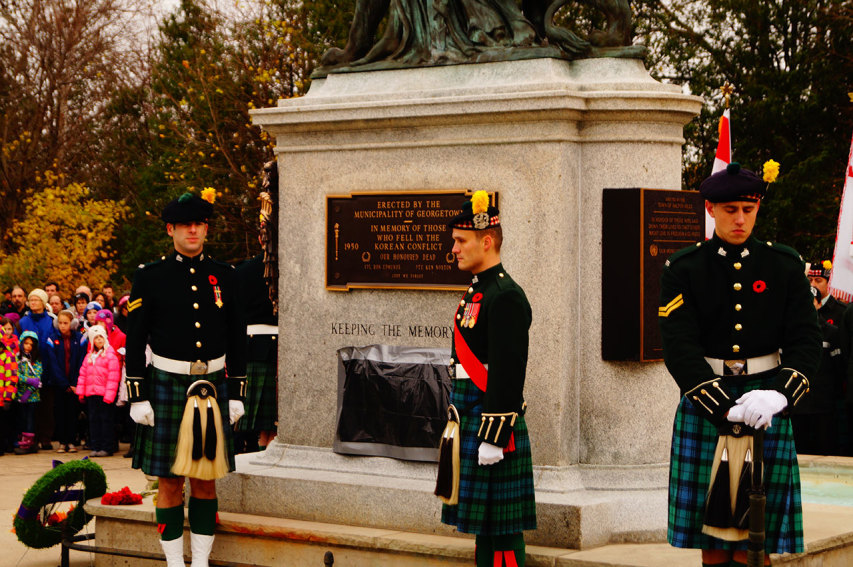In an article about security incident response automation, Bruce Schneier provides a useful thumbnail sketch of a US Army attempt to dispel the fog of war in real time:
While this is a laudable goal, there’s a fundamental problem with doing this in the short term. You can only automate what you’re certain about, and there is still an enormous amount of uncertainty in cybersecurity. Automation has its place in incident response, but the focus needs to be on making the people effective, not on replacing them security orchestration, not automation.
This isn’t just a choice of words — it’s a difference in philosophy. The US military went through this in the 1990s. What was called the Revolution in Military Affairs (RMA) was supposed to change how warfare was fought. Satellites, drones and battlefield sensors were supposed to give commanders unprecedented information about what was going on, while networked soldiers and weaponry would enable troops to coordinate to a degree never before possible. In short, the traditional fog of war would be replaced by perfect information, providing certainty instead of uncertainty. They, too, believed certainty would fuel automation and, in many circumstances, allow technology to replace people.
Of course, it didn’t work out that way. The US learned in Afghanistan and Iraq that there are a lot of holes in both its collection and coordination systems. Drones have their place, but they can’t replace ground troops. The advances from the RMA brought with them some enormous advantages, especially against militaries that didn’t have access to the same technologies, but never resulted in certainty. Uncertainty still rules the battlefield, and soldiers on the ground are still the only effective way to control a region of territory.
But along the way, we learned a lot about how the feeling of certainty affects military thinking. Last month, I attended a lecture on the topic by H.R. McMaster. This was before he became President Trump’s national security advisor-designate. Then, he was the director of the Army Capabilities Integration Center. His lecture touched on many topics, but at one point he talked about the failure of the RMA. He confirmed that military strategists mistakenly believed that data would give them certainty. But he took this change in thinking further, outlining the ways this belief in certainty had repercussions in how military strategists thought about modern conflict.
McMaster’s observations are directly relevant to Internet security incident response. We too have been led to believe that data will give us certainty, and we are making the same mistakes that the military did in the 1990s. In a world of uncertainty, there’s a premium on understanding, because commanders need to figure out what’s going on. In a world of certainty, knowing what’s going on becomes a simple matter of data collection.






